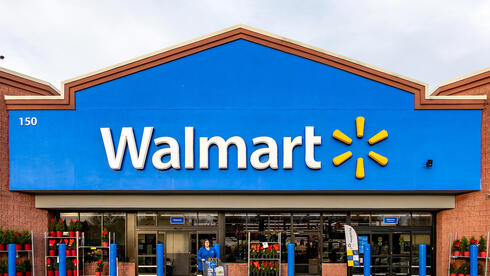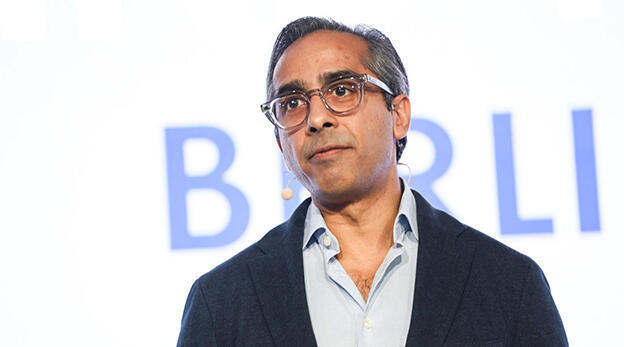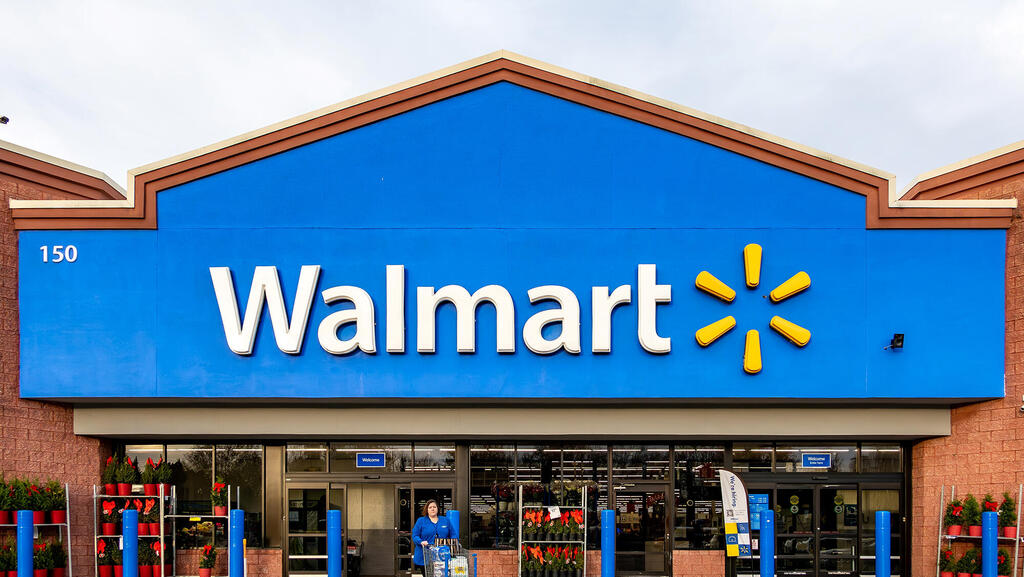
Attention shoppers: Walmart trades at a higher multiple than Apple and Microsoft
With annual investments of $20 billion, consistent growth and an appeal to an audience looking to save, the American retail giant is soaring. The stock has already jumped 82% since the beginning of the year.
In the past week, American social networks have been abuzz—all because of a heart-shaped cake, wrapped in colorful cream and with a custom inscription, that began selling at Walmart for a meager price of between $5 and $7. This market-breaking price has led to a strong wave of criticism from small businesses that sell similar cakes for tens of dollars or more.
However, instead of showing empathy for the small businesses that are seemingly being trampled by a retail giant, the American public has turned its back on them. As a result, Walmart, a company valued at $835 billion, has positioned itself as the darling of the lower class in the United States. Meanwhile, Wall Street continues to reward it, and the company is now trading at multiples of technology giants.
It’s true that Walmart, too, hasn’t been immune to the years of stifling inflation in the United States. In its quarterly and annual reports released over the weekend, it warned of a slowdown in the American economy, a cautionary statement that caused its stock to dip by about 6%.
But despite the warning, the retail giant published business results that were nothing short of spectacular. In 2024, its revenues totaled $681 billion, the highest of any company in the world. This marks an increase of 5.1% or $32.9 billion compared to the previous year. Global revenues for the quarter rose by 4.1% to a record $180.6 billion, and net income reached $5.3 billion. The company also reported a 13% increase in its dividend—its largest in more than a decade—certainly not the performance of a retailer founded in the 1960s.
Walmart shares have soared 82% over the past year, after being repeatedly written off when Amazon entered the market. It is now trading at a market value 39 times higher than its earnings—more than companies like Apple, Microsoft, or Google—a testament to investor confidence in Walmart’s continued growth.
Rival Amazon jumped 35% over the same period, while Costco saw an increase of about 50%. Over the course of the year, Walmart has repeatedly raised its sales and profit forecasts for 2024. This is a spectacular turnaround, especially considering the company ended 2019 with its lowest net profit since 2002.
How did this happen? Walmart, the largest employer in the United States, has successfully navigated the Amazon-led shift to online shopping with an innovation strategy uncommon for companies in traditional industries that struggle to adapt to major changes.
Walmart has opened dominant and successful online shopping channels, partnered with startups and other large technology companies to bring innovation to young consumers with high purchasing power, as well as to those with lower purchasing power. All the while, it hasn’t neglected its biggest value proposition—physical stores, both discounted and non-discounted, in every population center.
Today, the company operates 4,600 Walmart stores and another 600 members-only stores called Sam’s Club. The layout of the stores creates a situation where 90% of Americans live within 12 kilometers of a Walmart. Walmart now controls 24.9% of all grocery shopping revenues in the United States, with Kroger in second place at 9.1%.
It doesn’t come cheap—under CEO Doug McMillon, the company has invested about $20 billion a year, in part to automate its stores and warehouses. Today, all 42 of the company’s regional distribution centers feature robots that assemble pallets by department, distributing inventory between stores.
The past few years have been tough for the American consumer. Inflation is rampant, the cost of living has become unaffordable, and above all, a political minefield looms. The bird flu that has hit the country in recent weeks has caused the price of eggs, one of the most common staples, to surge by more than 100%. But Walmart, which serves the most vulnerable populations, is weathering the crisis with a series of small moves that may seem populist, but are certainly not perceived as such by the American public.
The decision to sell decorated cakes was just the latest in a string of decisions that have become an online phenomenon. Alongside these, Walmart has also begun selling replicas of luxury Hermès Birkin bags.
These bags, nicknamed "Wirkin" (a portmanteau of "Walmart" and "Birkin"), are sold on the company’s website for prices ranging from $78 to $102—a reasonable price compared to the original Birkin bags, which can reach up to $10,000 in Hermès stores and as much as $2 million on the secondary market and at auctions. The bags were even featured at New York Fashion Week, where the retail giant set up a pop-up store alongside other luxury brands, in a highly publicized move it called "the democratization of fashion."
The free positive publicity Walmart has received in recent months—despite employing tens of thousands of workers at minimum wage—has not ended there. TikTok videos of former teachers, relatives, and others discussing their relatively high earnings at Walmart after retiring from professions for which they were trained with advanced degrees have also gone viral.
The rewards for these decisions are evident across all segments of the American population. A February Morning Consult survey found that 89% of households earning at least $100,000 now shop at Walmart, compared to 77% of respondents in a similar survey from 2020.
Over the past five years, the number of Walmart+ subscriptions, which provide benefits on deliveries, has jumped from 4 million to 25 million. Today, about 12% of all Americans have a subscription to the service, and it’s no coincidence that the value proposition for them is strong. Walmart’s shopping platform sells about 700 million items and hosts over 1,600 individual merchants. The platform also offers same-day drug delivery, competing directly with the country's pharmacy giants like Walgreens and CVS.














